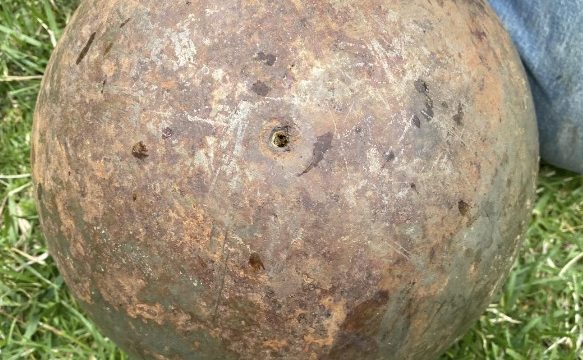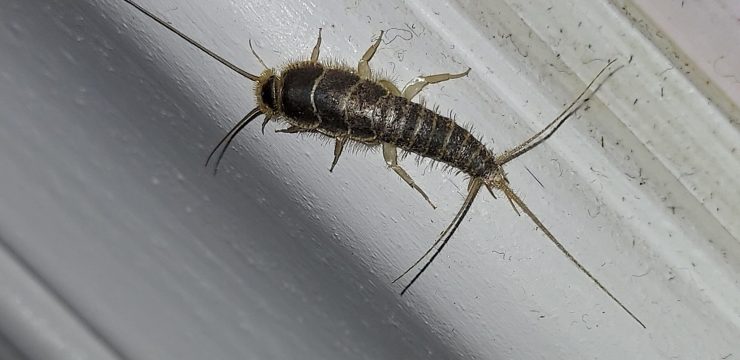Toilet brushes are one of those necessary but often overlooked tools in maintaining a clean and hygienic bathroom. Despite their essential role, they’re also one of the most bacteria-prone items in your home because they come into direct contact with the dirtiest part of the toilet. While cleaning the toilet itself is common practice, many people forget that the brush used to clean it needs attention too.

Proper maintenance and regular disinfection of your toilet brush are key to preventing the buildup and spread of germs. Some people, thinking they’ve found a clever shortcut, consider tossing the toilet brush into the dishwasher to sanitize it. However, while it might seem like a convenient option, this method is neither safe nor effective. Dishwashers are built to handle food-related items like plates, cups, and silverware—not to clean tools that deal with human waste. The high heat and water pressure inside a dishwasher aren’t designed to eliminate the specific bacteria found on toilet brushes. In fact, the brush’s design—with its thick bristles and awkward shape—makes it especially difficult for the dishwasher’s spray arms to reach all areas.
That alone compromises any attempt to fully disinfect it. Even more concerning is the risk of cross-contamination. Placing a toilet brush in the same machine that cleans your eating utensils could allow harmful bacteria to transfer from the brush to other items, making their way onto plates, forks, or glasses. These germs can linger inside the dishwasher even after a wash cycle, posing a health risk to you and your family. Moreover, dishwasher detergent isn’t formulated to break down the kind of grime and bacteria that live on a toilet brush, so you’re left with an illusion of cleanliness at best. On top of all that, you also risk damaging both the brush and your appliance. The intense water jets can distort the brush’s bristles, making them less effective in future cleanings. Any metal parts on the brush could scratch the interior of the dishwasher, potentially causing rust or permanent damage.
A much better approach is to clean your toilet brush the right way using products that are effective against germs and safe for home use. Bleach is one of the most powerful disinfectants available and works well for deep cleaning. Just fill a bucket with hot water and add about a cup of bleach, then let the brush soak for at least an hour. Once done, rinse it thoroughly with hot water and allow it to dry. Another excellent option is hydrogen peroxide. Simply pour it directly onto the bristles, let it sit for around 10 minutes, and rinse well with hot water. This method is effective and doesn’t require much time or effort.
For those looking for a more natural alternative, baking soda and white vinegar are a great combination. Sprinkle baking soda over the brush head, then slowly pour vinegar on top. The resulting fizzing reaction not only helps loosen dirt and grime but also kills bacteria. Let it sit for 15 minutes before rinsing thoroughly and letting it dry. Beyond cleaning, day-to-day maintenance is also essential. After every use, rinse your brush in clean hot water to remove debris, then store it in a ventilated holder that allows it to air dry. This helps reduce the growth of mold and mildew between uses. Aim to disinfect your toilet brush at least once a week, especially if it’s used frequently. And remember, no matter how well you clean it, a toilet brush won’t last forever. Replace it if the bristles become frayed, if there’s an unpleasant smell you can’t get rid of, or if there’s visible mold. As a general rule of thumb, replacing your toilet brush every six months to a year is a smart habit. In the end, while tossing your toilet brush in the dishwasher might seem like a time-saver, it poses more health and safety risks than it’s worth. Opt instead for tried-and-true cleaning methods that ensure proper sanitation and extend the life of your brush. A little extra care goes a long way toward keeping your bathroom a clean and safe space.





